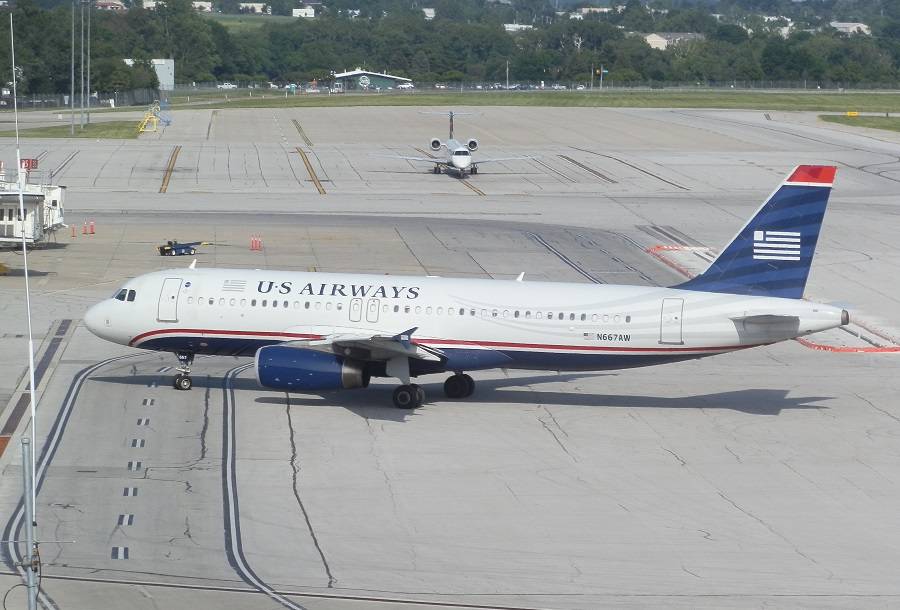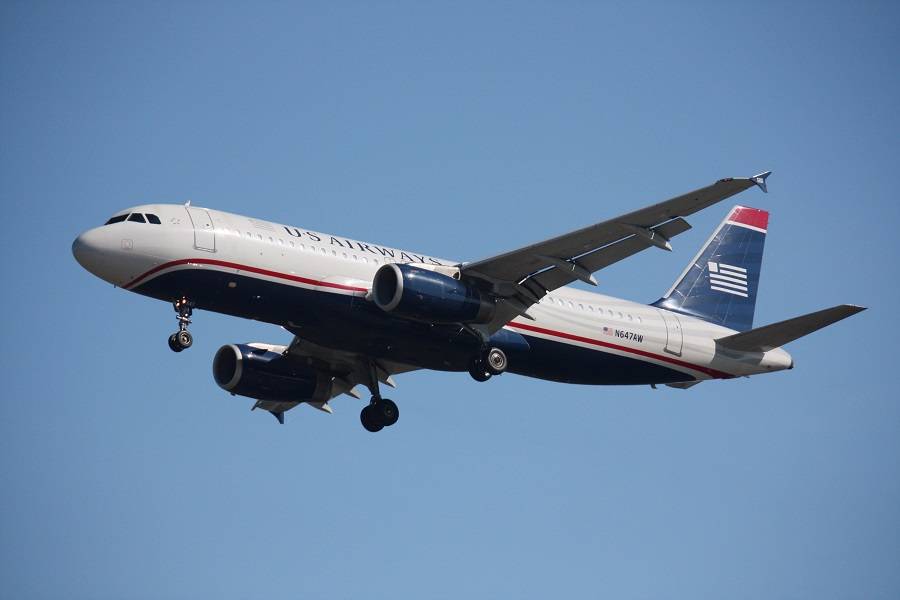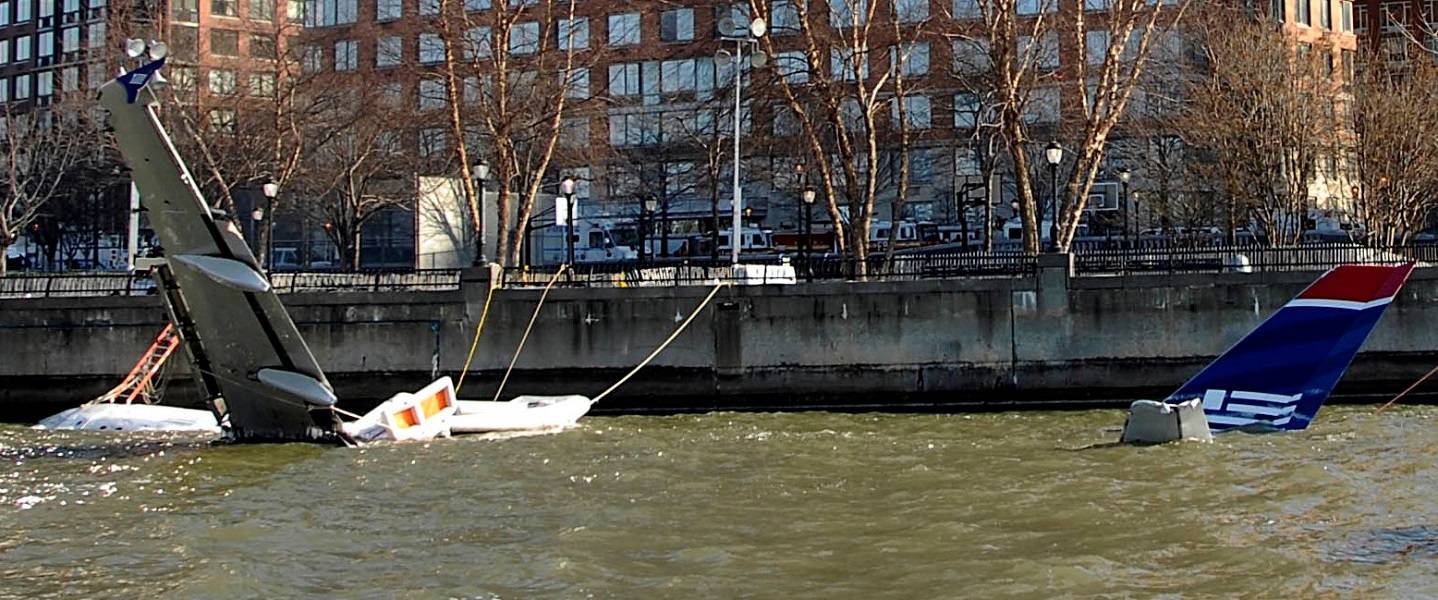On this day 12 years ago, Cactus (US Airways) flight 1549, performed a water landing on the Hudson river. Everyone survived. It was hailed as a miracle, for the skills and combination of factors that led to everyone’s survival.
The accident happened on the 15th of January, 2009. At 3:25pm local time, Jeffrey Skiles, the First Officer of Cactus 1549, pushed forward the Airbus A320’s throttles for take-off. The aircraft was about 10 years old. Half a minute later it left runway 4, gaining altitude over New York City. It had 150 passengers and 5 crew. With the FO in the controls, the Captain, Chelsey B. Sullenberger, was handling the radios.
The crew in the cockpit of Cactus 1549 were very experienced. Captain Sullenberger had 19,663 hours, of which 4,765 were in the Airbus A320. He also had experience as an air accident investigator, in his time in the military. Jeff Skiles had even more flight hours, but he was new in the A320. He had 37 flight hours on type and this was his first time being pilot-flying after line training.

About a minute and a half after take-off, the aircraft was at 2,818 feet when it struck a sizable flock of Canada geese. Cactus 1549 hit a number of the birds with its fuselage and wings, while several flew into each engine. Both engines failed soon thereafter. Captain Sullenberger took control. The aircraft continued climbing, reaching just over 3,000 feet, before beginning a gradual descent.
Cactus 1549 Becomes An Emergency
While Skiles worked through the engine restart checklist, Sullenberger flew and went through his landing options with ATC. Soon afterwards he realised that the best option for the passengers and crew of Cactus 1549, and everyone on the ground below them, was the Hudson river. Sullenberger had began a left turn while talking to ATC. So he continued the turn, lining up with the river and clearing Washington bridge.
At that point, the Captain used the public address system for the first time, saying simply “Brace for impact”. The cabin crew were already alert from the engines’ surging and then rolling back. They immediately began instructing passengers on what to do. ATC soon lost sight of Cactus 1549, as it went below the city line.

The aircraft hit the water relatively slowly (given that it was full of fuel) at 125 knots. Cactus 1549 was now a boat. Flight attendants reportedly thought it felt like a hard landing. However the rearmost cabin crew members that felt the full brunt of the impact, sustained some back injuries. Other cabin crew sustained cuts and other injuries, during the evacuation.
Some Much-Needed Luck
By an amazing stroke of luck, Cactus 1549 came to a stop really close to the pier used by most NYC ferry/tour boats. A number of these plus some smaller boats were on top of the aircraft almost immediately. This really matters. New York in January is cold! Water was filling the plane, through opened cargo doors.
On the day of Cactus 1549’s flight, the air temperature was -7°C (19°F) and the water’s temperature was 5°C (41°F). Most people managed to stay dry above the knees. Some people jumped in the water, worried that the aircraft could catch fire. The boats could pick up these people, but had the rescue taken longer, things would have been more difficult. The big ferries, normally used to carry tourists around the Manhattan island, were ideal for the job.

Sullenberger had gotten into the passenger cabin as the plane settled, and commanded the evacuation. Cactus 1549 would not have been an overwater flight, but this aircraft had certification for ‘extended overwater operations’. As such, it featured extra rafts, beyond normal requirements called for. This was another stroke of good luck.
Disembarking Cactus 1549
The last person to leave what was by then the battered Airbus of Cactus 1549, did so at 3:55pm. This was 30 minutes after Jeff Skiles pushed those throttles on runway 4. Subsequent reports mention 95 minor injuries and 5 serious ones, of which 2 stayed in hospital overnight. Some of those who jumped in the water suffered from hypothermia. Others hurt their eyes because of jet fuel in the water.
The survival of all passengers and crew of Cactus 1549, was an amazing feat. Good decision-making by the flight and cabin crews was vital. The quick response of rescuers and boat personnel was also vital. Further, the cabin crew were quick to recognize what they could and couldn’t do, at such a low altitude. And of course Captain Sullenberger kept his wings perfectly level, to make sure the plane stays in one piece!

After getting nearly fully under the water, the poor A320 eventually made it out of the river, days later. In pieces, it stayed on the New Jersey side of the Hudson for months. Eventually, the bird that was Cactus 1549 found a deserving new home, in the Carolinas Aviation Museum.
Captain ‘Sully’ retired about a year later, after 30 years as a commercial pilot. Jeff Skiles stayed on a bit longer. US Airways eventually became part of American Airlines. More recently, Skiles gained fame as the Captain of “Fifi”, a restored WWII Boeing B-29!



